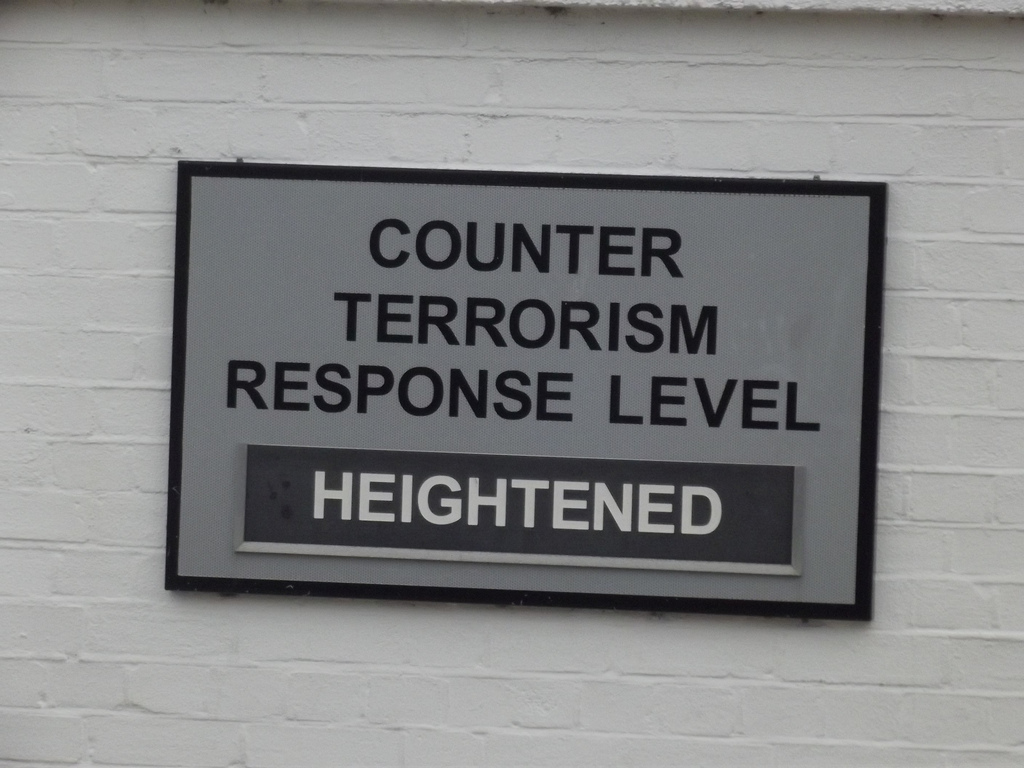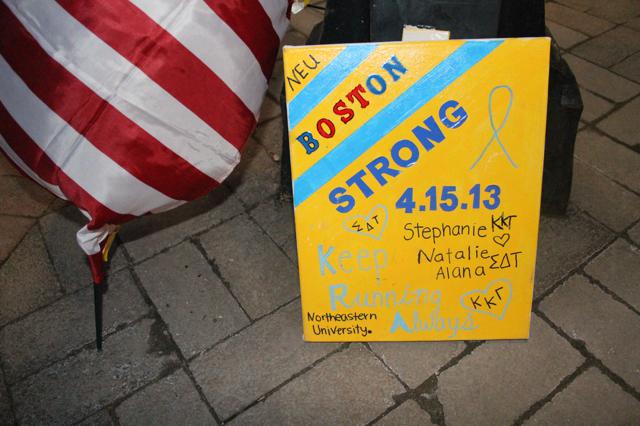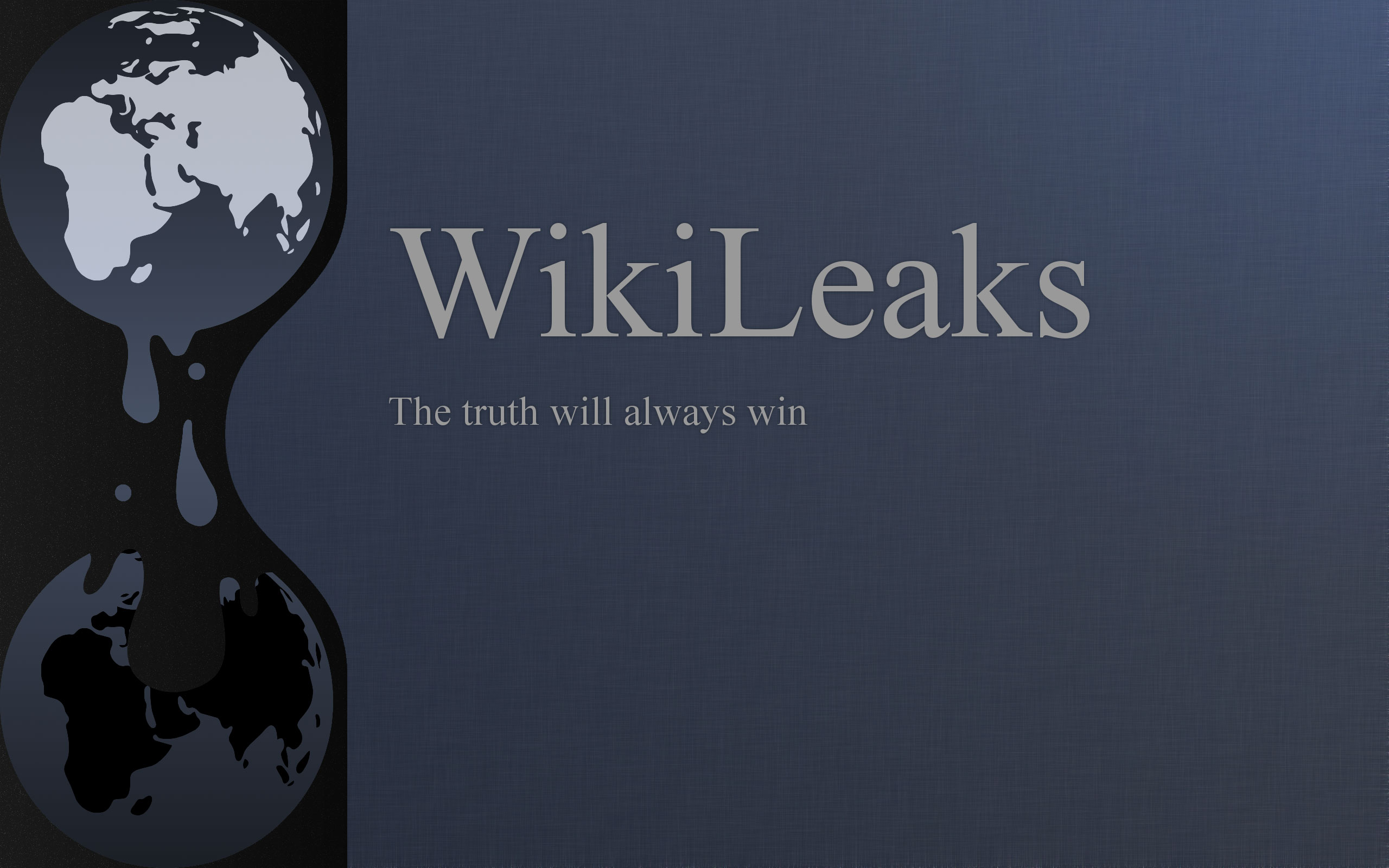The United States is in a perpetual state of alert, forced to contend with a question that never seems to receive an answer: are we safer than we were before the fall of the Twin Towers changed everything? The effort to provide a positive response to this question comes with considerable cost. The Department of Homeland Security (DHS) budget for fiscal year 2012 was approximately $47 billion, a $2 billion increase from FY 2011. Research analysts John Mueller and Mark Stewart calculated the total cost of federal, state, local, and private sector domestic homeland security expenditures from 2001 to 2011 to be $1 trillion. This estimate includes both direct cost and opportunity cost from line items such as insurance premiums and deadweight losses from worker productivity and consumer welfare. This is a conservative estimate, as it does not include the terror related wars in Afghanistan and Iraq, the unknown cost of domestic surveillance programs, the cost of public distrust in political officials, or unknown costs of increased crime facilitated by the focus of the police and FBI on terrorism.
In the last few weeks, the perception of the terrorist threat has grown, with increased drone strikes, travel warnings, and embassy closings splashing the news pages. At home and abroad, this threat looms. Or does it? As a nation, we have almost universally accepted a definition of risk that is wholly misleading. The subsequent national expenditures, tangible and intangible, are eroding some of the very things Americans work so hard to protect. We must re-examine how we perceive the risk of terrorism, and how we react to terrorism, to better understand how we can protect ourselves from the omnipresent threats in our world.
The tendency of those in government, in the media, and in the public sphere to couch risk in terms of worst-case scenarios undermines the collective perception of acceptable risk and acceptable security. In almost every instance, fears about security win out over rational economic thinking– cost-benefit risk analysis is pushed aside. Case in point: the rating scale utilized by the DHS to determine the potential vulnerability targets for terrorist attacks. The potential target’s vulnerability and the consequences of an attack are rated on an 80 point scale, while the likelihood of an attack is ranked on a 20 point scale, and the resulting risk is computed by adding the two numbers. By this evaluation, a target with a likelihood scale of 20 (100% chance of being attacked) with little damage potential would be ignored in favor of target scoring an 80 on the vulnerability and consequence scale (highest damage potential), but a zero on the likelihood scale. This formula is ground zero for the complete misrepresentation of risk. Risk should be calculated by the probability of an event occurring multiplied by the potential losses. Using the multiplicative formula, the target with a 100% chance of likelihood score would be given the proper attention, even if the damage potential was very low. By contrast, the target with the highest damage potential but a zero likelihood score would be given little or no attention because the damage potential, no matter how large, would be multiplied by zero.
This distorted kind of thinking is described by Office of Information and Regulatory Affairs
Administrator Cass Sunstein as “probability neglect”: focusing on a worst-case scenario, regardless of how unlikely it is to occur. Another way of looking at the fallacy of worst-case scenario thinking is described eloquently by security expert Bruce Schneier: “[Worst-case scenario thinking] involves imagining the worst possible outcome and then acting as if it were a certainty…it fosters powerlessness and vulnerability and magnifies social paralysis. And it makes us more vulnerable to the effect of terrorism.” Terrorism is partly a mind game, undermining citizens’ well being, ability to function, and confidence in their way of life either directly or indirectly. The psychological perception of risk can take its toll on the general public, alienating people from their leaders by “throwing doubt on the two cornerstones of trust: competence and honesty.” Even unsuccessful attacks or false alarms accomplish this goal. In order to prevent this collapse of American social fabric, we must focus on the actual cost-benefit analysis of terrorism risks to America.
Analysts Mueller and Stewart provide an outstanding examination of the net benefits for U.S. enhanced homeland security expenditures. They assess the annual probability of a successful attack in the absence of security expenditures, against the losses from a successful terrorist attack, assuming enhanced (increased) spending of $75 billion a year in homeland security expenditures. In addition to the cost-benefit analysis, Mueller and Stewart calculate the number of otherwise successful attacks averted by security expenditures required for the enhanced expenditures to be cost effective. If losses sustained from a terrorist attack were $5 billion, roughly the cost of the 2005 London bombings, there would need to be 33 successful attacks at that cost level per year in order to break even. The Boston Marathon bombing cost an estimated $333 million. According to Mueller and Stewart’s break-even analysis calculation, there would need to be 1,112 successful terrorist attacks, per year, with losses equivalent to that of the Boston bombing, in order to break even.
A counter argument to this analysis could be that the lack of imagination that occurred in the years leading up to 9/11, and consequently the security and intelligence failures, must never be allowed to occur again. However, the 9/11 Commission Report recognizes that terrorism was already a high priority of the United States before 9/11. Bruce Schneier notes that the most significant development since 9/11 to increase airline security has not been the 1.2 billion dollar per year full-body scanners, but rather the reinforcement of cockpit doors to prevent unauthorized access. Even former New York City Deputy Commissioner for Counterterrorism Michael Sheehan describes “the most important work in protecting our country since 9/11 had been accomplished with the capacity that was in place when the event happened, not with any of the new capability bought since 9/11. I firmly believe that those huge budget increases have not significantly contributed to our post-9/11 security.”
Now, there may be another reason why the costs for our “increased security” are so high, but this reason has less to do with questionable mathematics and everything to do with public support. In a hypothetical scenario, let’s pit Senator Rand Paul and Governor Chris Christie against each other, in a heated debate, vying for the Republican presidential nomination in 2016. The topic of domestic homeland security comes up, and Rand Paul advocates for a drastic reduction of DHS funding to be reallocated to domestic infrastructure projects. Christie fires back that Paul is “weak” on terrorism, and should walk up to every man, woman, and child who lost a friend or family member in the WTC and apologize personally. There is nothing wrong with Christie’s point of view; in fact, it can never be proven wrong. As Michael Sheehan puts it, “No terrorism expert or government leader wants to appear soft on terrorism. It’s always safer to predict the worst; if nothing happens, the exaggerators are rarely held accountable for their nightmare scenarios.”
Risk is a part of life, we take it every time we get behind the wheel of a car, get on an airplane, or walk out our front door. Terrorism, like it or not, is part of the risk we all take by living on the planet Earth. The good news is, despite all of the government expenditure, the greatest weapon against terrorism happens to cost nothing – the vigilance and resilience of every citizen. Who put a stop to the 2001 airline shoe bomb attempt, the 2009 Christmas Day underwear bomber, the 2010 Times Square van bomb? Who submitted pictures, videos, and accounts of the April 15th finish line scene? Not the TSA, not the FBI, not the DHS, not the BPD. Ordinary citizens, when given the opportunity, can accomplish far more than the billions and billions spent on domestic security. If there is one lesson we can learn from that fateful September day in 2001, it is that the instinct to do something, do anything, do whatever it takes, to prevent terrorism, results in the exact outcomes terrorism strives to achieve: disruption, doubt, and fear. The actions we took to respond to 9/11 arguably have done more damage to our society than the event itself. In re-examining the risks posed by terrorism, and in viewing such risks with a rational, measured eye, we will be better prepared to pick ourselves up, dust ourselves off, and go about our daily lives when an attack occurs. Because that is the most powerful response that no amount of money can buy.
Josh Sternberg
International Affairs ’15
United States. Department of Homeland Security. “Budget-in-Brief Fiscal Year 2012.” http://www.dhs.gov/xlibrary/assets/budget-bib-fy2012.pdf.
Mueller, John and Mark Stewart, “Balancing the Risks, Benefits, and Costs of Homeland Security.” Homeland Security Affairs 7, Article 16. August 2011. http://www.hsaj.org/?article=7.1.
Todd Masse, Siobhan O’Neil, and John Rollins, “The Department of Homeland Security’s Risk Assessment Methodology: Evolution, Issues, and Options for Congress.” Washington, DC: Congressional Research Service 2 February, 2007.
Cass R. Sunstein, “Terrorism and Probability Neglect,” Journal of Risk and Uncertainty 26, March-May, 2003, 122.
Bruce Schneier, “Worst-Case Thinking,” CNN. http://www.cnn.com/2010/OPINION/05/12/schneier.worst.case.thinking/ May 13, 2010.
Fischhoff, Bruce. “The Psychological Perception of Risk.” McGraw-Hill Homeland Security Handbook: Strategic Guidance for a Coordinated Approach to Effective Security and Emergency Management, Second Edition. McGraw-Hill, 397.
Dedman, Bill, and John Schoen. “Adding up the Financial Costs of the Boston Bombings.” NBC News. NBC News, 30 Apr. 2013. Web. 07 Aug. 2013.
Thomas H. Kean, Chair, The 9/11 Commission Report: Final Report of the National Commission on Terrorist Attacks Upon the United States (Washington, DC: U.S. Government Printing Office, 2004), 391, 396
Mann, Charles C. “Smoke Screening.” Vanity Fair. N.p., Dec. 2012. http://www.vanityfair.com/culture/features/2011/12/tsa-insanity-201112.
Michael A. Sheehan, Crush the Cell: How to Defeat Terrorism Without Terrorizing Ourselves (New York: Crown,2008), 263.



